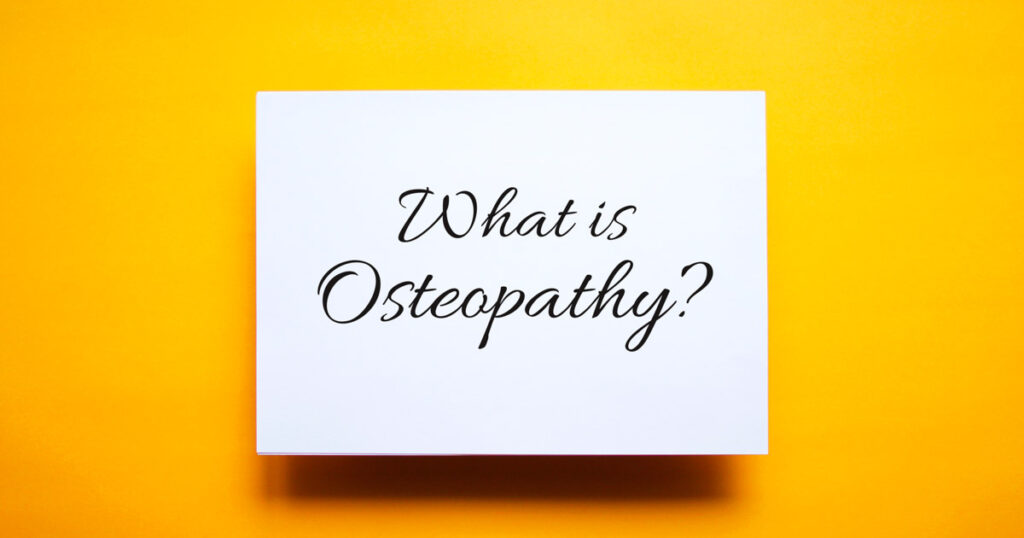We often get asked “What is osteopathy?” and “How does it differ to other manual therapies?”
There are 3 main tenets that underpin the philosophy of osteopathy and form the basis of everything we do:
1) The body is a unit.
Osteopaths treat the entire person and believe that the mind, body and spirit must all work together harmoniously in order to achieve full health.
This is the reason why we assess the whole body – it is all interconnected, every muscle and bone is surrounded by connective tissue which all links together and works as a team.
This means that having a problem in one part of the body can have a direct impact on another area, even if it isn’t nearby. This is why Osteopaths will often assess and treat parts of the body even if it’s not the place where you are experiencing pain.
2) The body is capable of it’s own self-healing and self-regulating.
Processes within the body are always trying to regulate it’s systems and work together to control its function and maintain balance.
As osteopaths we don’t “cure” anything, we help to provide the right conditions for the body to do this itself. The body is always trying to find its way back to health, and osteopathy aims to remove or correct the dysfunctions within the body to facilitate the body’s inherent capacity to heal itself.
3) Structure and function are reciprocally interrelated.
This means that if the structure of a part of the body is inhibited it won’t be able to function optimally.
For example, a ruptured ligament in the ankle would cause instability and affect its proper function; the person wouldn’t be able to balance or walk properly.
Osteopaths have an in-depth knowledge of anatomy and aim to find out which structures are affected and why they’re not functioning correctly.
If you would like to see what osteopathy can do for you, book an appointment with one of our friendly osteopaths
References
Parsons, J., & Marcer, N. (2006). Osteopathy: Models for Diagnosis, Treatment and Practice. Elsevier Health Sciences.

